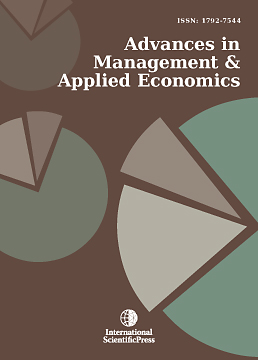Advances in Management and Applied Economics
Analyzing the Impact of the Labor Market on Company Location Selection Using Spatial Econometric Models
-
 [ Download ]
[ Download ]
- Times downloaded: 7764
Abstract
This study employed spatial econometric models to analyze the company registration site selection in various counties and cities of Taiwan from 2002 to 2021 and examined its correlation with the labor market. The results revealed that over the past two decades, the number of company registrations in Taiwan has consistently risen, with a growth rate of 60.61%. Metropolitan areas such as Taipei City, New Taipei City, Taichung City, Kaohsiung City, and Taoyuan City took the lead in terms of registration numbers. Furthermore, the study found that local labor market factors and spatial spillover effects significantly influence company location decisions. Specifically, using the spatial Durbin model, it was discovered that an increase in unemployment rates negatively impacts company registrations in neighboring counties and cities; growth in employment numbers has a positive overall effect on company registrations; a rise in the proportion of industrial workers may be detrimental to company startups; a higher proportion of employees with tertiary education positively affects company registrations; an increase in the proportion of employed individuals aged 45 to 64 negatively impacts company registrations. The research findings offer valuable insights for policymakers, assisting in the creation of a more conducive entrepreneurial environment.
JEL classification numbers: C31, J21.
Keywords: Spatial autocorrelation, Spatial Dubin model, Spillover effects, Labor market, Number of companies.
